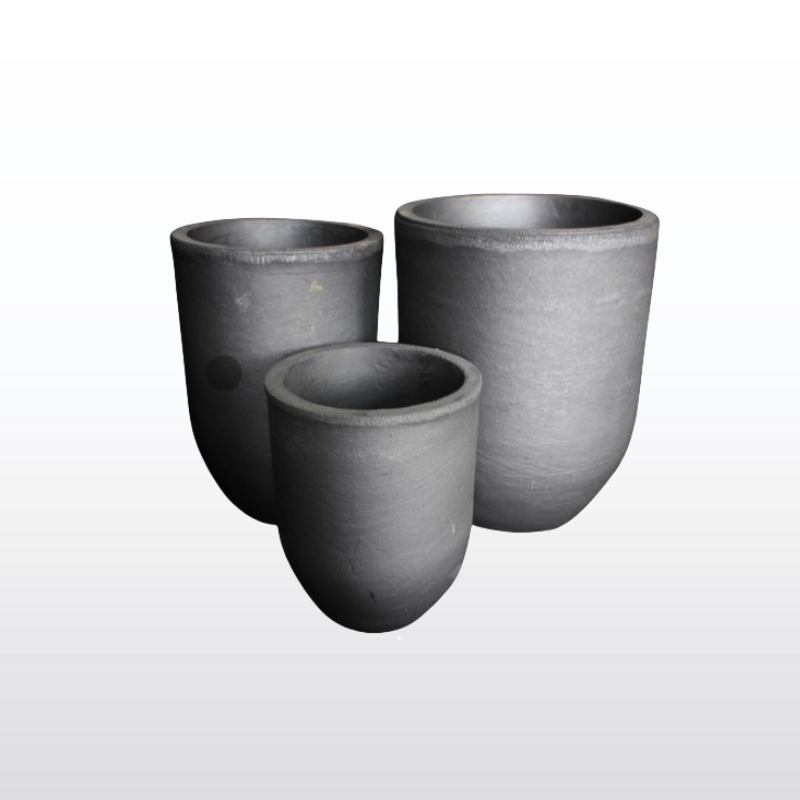
When it comes to choosing the right crucible for your melting needs, the choice between Silicon Carbide Graphite and clay graphite materials can be a game-changer. Both types of crucibles offer unique advantages, but they excel in different applications. Understanding these differences could be the key to optimizing your workflow, reducing downtime, and improving your melting efficiency.
Graphite silicon carbide crucibles are engineered for extreme durability and excellent thermal conductivity. They thrive in high-temperature environments, making them ideal for melting non-ferrous metals like aluminum, copper, and brass. With a combination of graphite's lubricating properties and silicon carbide's strength, these crucibles offer superior resistance to thermal shock, abrasion, and chemical erosion.
On the other hand, clay graphite crucibles are your go-to for lower-temperature applications, particularly for casting metals like gold and silver. Their composition includes natural clay, making them more affordable, but slightly less resistant to high temperatures compared to their silicon carbide counterparts. That being said, clay graphite crucibles are still highly reliable, especially for smaller scale operations or when cost-efficiency is a priority.
So, which one should you choose? It depends on your melting requirements. If you’re working with high temperatures and need robust performance, Silicon Carbide Graphite is your go-to. If you're focused on precious metals or want to keep costs down, clay graphite is a solid choice. Let's dive deeper into how these materials can boost your production!
Post time: Sep-22-2024
